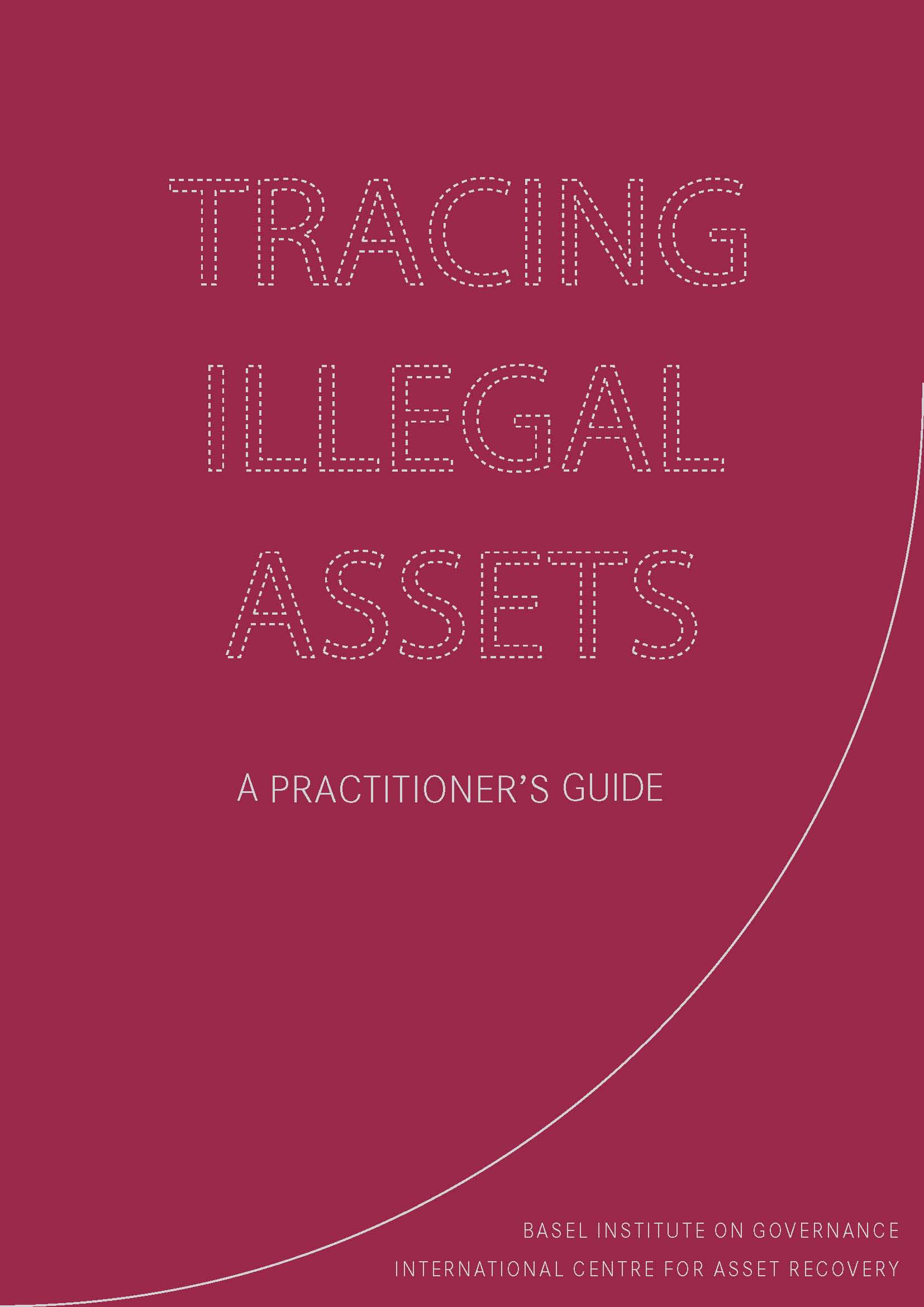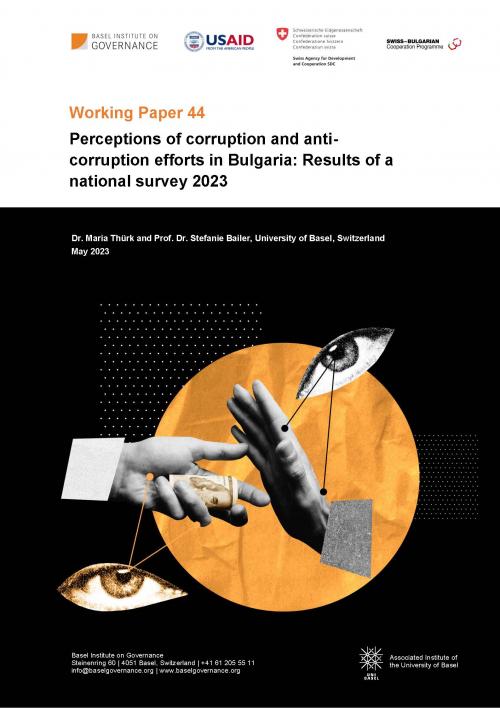Tracing Illegal Assets - A Practitioner's Guide
A fundamental priority for law enforcement authorities dealing with financial crime is to recover illegally obtained assets and deny criminals access to the proceeds of their crime. The recovery of illegally obtained assets, however, requires first to successfully trace them.
Asset tracing refers to the process whereby an investigator identifies, tracks and locates proceeds of crime. In a traditional asset tracing investigation, there are three objectives: locating the assets, linking them to an unlawful activity so as to obtain freezing and confiscation orders, and proving the commission of the relevant offences.
This guide, written by practitioners working for ICAR, is concerned with a practical approach to tracing illegally obtained assets with a strong emphasis on the intelligence and investigatory aspects of asset recovery. It is addressed to an audience with a law enforcement background, including prosecutors, as well as to other practitioners in the field, such as lawyers, financial advisors, investigative journalists and activists.
The chapters of this guide provide practical guidance on the asset tracing process by addressing the pre-investigative and investigative stages, the mutual legal assistance process and the freezing or seizure of assets through the use of the anti-money laundering framework. They also address the use of offshore vehicles and digital currencies as means to hide the source of illicitly obtained proceeds.
It is not the intention of the authors to deal exhaustively with the entire process whereby assets are ultimately forfeited or confiscated. However, practitioners can benefit from an easy-to-understand handbook that guides them through the key and critical steps by stressing the strategic considerations as well as crucial checklists for a successful recovery of illegally obtained assets.



